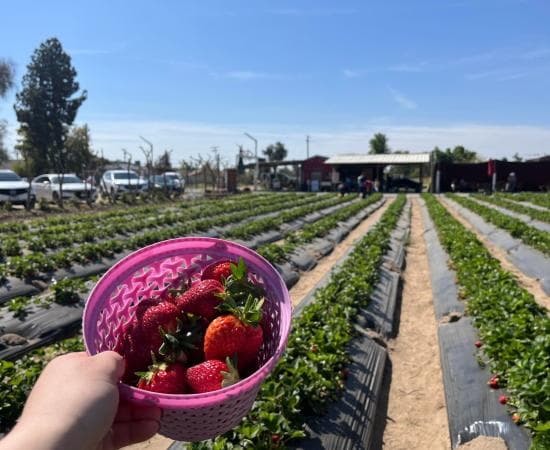First Fruits Market expands hours, serves Fresno families and veterans
First Fruits Market has seen a surge in demand as interruptions to SNAP benefits and a federal pay pause leave households short of groceries heading into the holidays. The market, run with Fresno Mission and the Central California Food Bank, expanded operating days to reach qualifying families, veterans and federal workers and offered grocery boxes valued at roughly 150 to 200 dollars.
Listen to Article
Click play to generate audio

First Fruits Market reported a marked increase in visitors this month as benefit interruptions and a federal pay pause reduced household incomes across Fresno County. The market is operated in partnership with Fresno Mission and the Central California Food Bank, and it has expanded its operating days around Veterans Day and during holiday weeks to reach more residents in need.
The market provides qualifying households with grocery boxes valued at roughly 150 to 200 dollars, targeting families, veterans and federal workers affected by SNAP interruptions and the pause in federal pay. Organizers say that donations and volunteer support allow the program to stretch funds and food further than what typical grocery purchases would allow, enabling the market to serve a larger number of people during peak need periods.
The rise in demand illustrates how disruptions in federal benefits and pay can quickly translate into increased pressure on local charitable networks. For many residents the First Fruits Market has become a stopgap that helps households bridge gaps when government assistance is delayed. The expanded schedule was intended to accommodate the larger turnout and to provide additional opportunities for residents to access food as holiday expenses mount.
The partnership model between a faith based mission and a regional food bank highlights the institutional response within Fresno County to short term crises. Fresno Mission contributes local distribution capacity and volunteer coordination, while the Central California Food Bank supplies bulk food resources and logistical support. That cooperation allowed the market to scale up operations with relatively short notice, though organizers caution that sustained interruptions in benefits would strain even these combined resources.
Local impact extends beyond immediate food assistance. Increased reliance on emergency distribution points can mask longer term needs such as stable income, affordable housing and access to healthy food options. The pattern of demand this fall may inform county leaders and service providers as they plan for winter months and future benefit disruptions. Civic engagement through donations and volunteering remains a crucial part of the response, with organizers noting community support directly increases the number of households the market can serve.
Residents seeking exact hours, eligibility rules and information on how to access the market or to donate and volunteer should consult local outlets and the community partners operating the program for current details. The surge at First Fruits Market underscores the intersection of federal policy decisions and local service capacity, and it highlights the continued role of community organizations in meeting basic needs when public systems falter.


